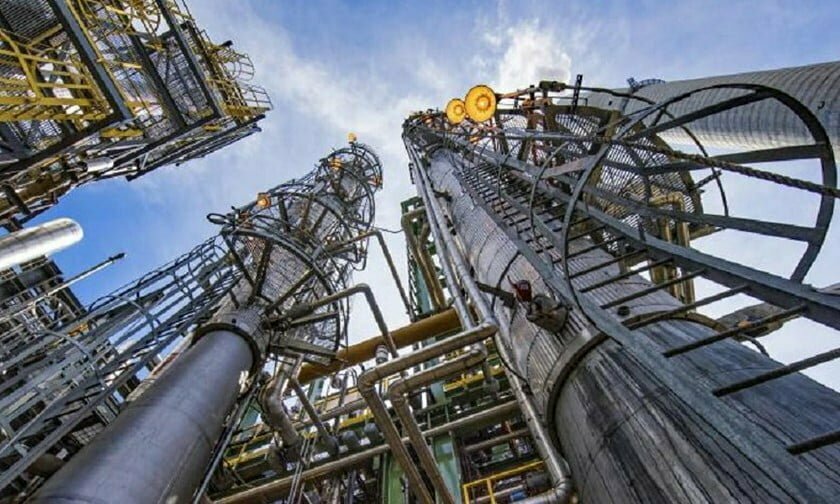 (Credit: Department of Energy)
(Credit: Department of Energy)The Department of Energy has announced a $1.2 billion investment for advancing the development of two direct air capture (DAC) facilities in Texas and Louisiana as a part of President Biden’s Investing in America agenda.
Marking the world’s largest investment in engineered carbon removal, according to the DOE, these projects are expected to remove more than 250 times more carbon dioxide than the largest DAC facility currently in operation. The investment is a part of the Bipartisan Infrastructure Law-funded Regional Direct Air Capture Hubs program, which is currently working to address existing carbon dioxide pollution alongside emission reduction efforts.
Direct air capture separates carbon from the air and then stores it deep underground or converts it into carbon-containing products such as concrete. The DOE estimates that a net-zero emissions economy would require around 400 million to 1.8 billion tons of carbon to be removed and captured from emissions annually by 2050. These projects combined are capable of removing over 2 million tons of carbon annually.
“Cutting back on our carbon emissions alone won’t reverse the growing impacts of climate change; we also need to remove the CO2 that we’ve already put in the atmosphere—which nearly every climate model makes clear is essential to achieving a net-zero global economy by 2050,” said Jennifer M. Granholm, U.S. Secretary of Energy. “With this once-in-a-generation investment made possible by President Biden’s Investing in America agenda, DOE is laying the foundation for a direct air capture industry crucial to tackling climate change – transforming local economies, and delivering healthier communities along the way.”
The new hubs will contribute to Biden’s Justice40 initiative, which maintains a goal for 40% of overall benefits of federal investments, including those in clean energy and climate action, to go to disadvantaged communities most affected by climate change. The DOE plans to meet with nearby communities for both projects to ensure development helps the surrounding region. Both projects will create around 2,500 jobs each, with an emphasis on local hiring and bringing on workers formerly employed by the fossil fuel industry.
Along with the two major projects, the DOE announced 19 additional projects, focused on early-stage DAC project development, that will be selected for award negotiations. The DOE’s Carbon Negative Shot program will be expanded as well through a series of funding opportunities for developing and commercializing innovative carbon dioxide removal technologies and research.